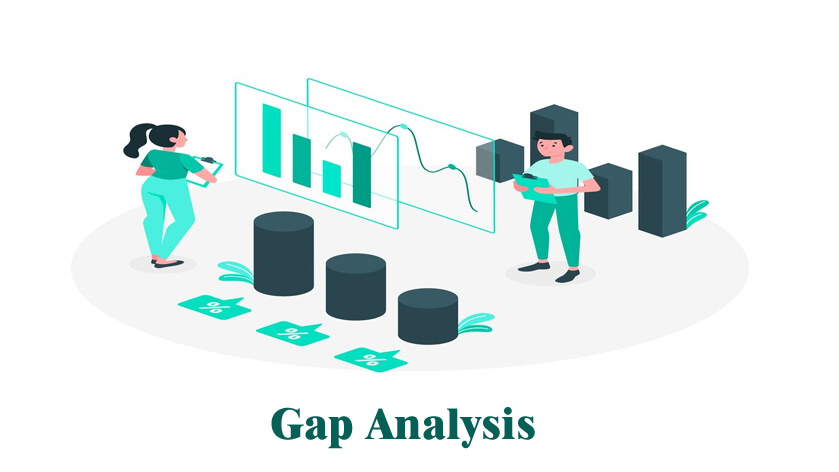Many companies use a gap analysis to compare their current and expected performance. This analysis will help understand whether a company is meeting its expectations and using its resources effectively and efficiently.
They will analyze their company performance by measuring money, use of resources, time, and labor. With the help of this analysis, the team can create a plan or change To get better results with their performance.
When any company is not doing great with their technology, capital, and resources and not getting the expected result, then gap analysis will help them understand where they are behind. This analysis is crucial for any organization since it will help the company know where they are today and where they want their company in the future.
Let us Briefly Look at the Steps to Conduct a Gap Analysis.
Understanding the Company’s Current State:
The first step is to focus on where your company’s current position is. This means you need to study your company’s entire process, like the products you are offering, your consumers, the location of your company, and your employees. It means qualitative records like surveys and feedback and quantitative documents like financial statements.
Understand Your Future Expectations:
The gap analysis is used to understand the difference between your current position and expectations. So, in the initial step, we have identified the company’s current position. Now, it is time to understand what the company wants and does to achieve its goals. The company needs to make a particular financial and measurable goal for long-term success.
Highlight the Gaps:
Till this step, we have learned about the company’s current position and future expectations. In this step, you have to understand what is lacking that will help you reach your goals.
Get the Solutions and Implement Them:
Until now, we have understood the gaps that are not letting us reach the goal. So to avoid them in the future, Decide what solutions are required and then implement them to get the company’s plan.

